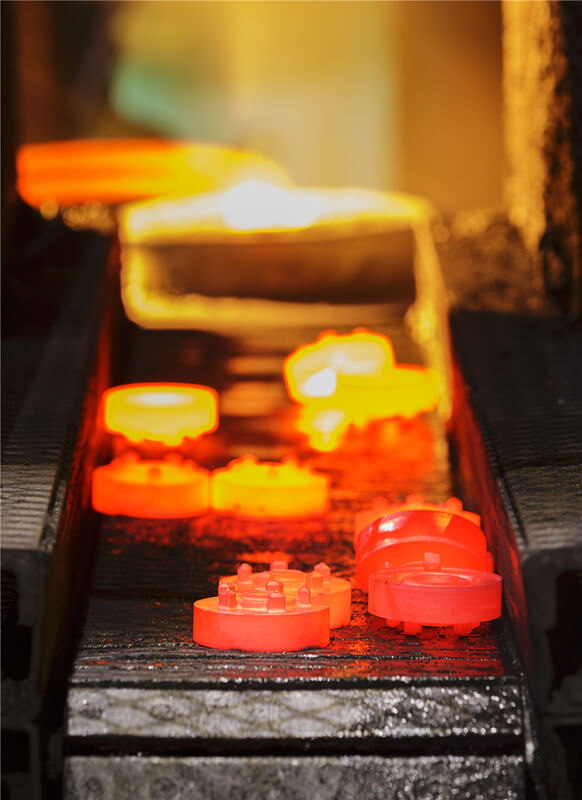Closed Die Forging: Steps Of Closed Die Hot Forging
Closed die hot forging is a plastic deformation process for small and medium metal components. As the name suggests, the material being formed is forced to flow in a closed shape die. One of the benefits of this form of hot forging is that open die forging can produce more complex shapes. But what the process of closed die hot forging? Here are the steps you need to follow.
- Mold Design and Making
The first step of closed die hot forging is designing and making the mold. Depending on the size and shape of the product you want to hot forge, you need a mold. Designing the mold is the trickiest part. But with modern machining technology, you only need software to design and make the mold. What you need is computer-aided design (CAD) technology for designing and making the mold.
- Choose steel
Closed forging is mostly used for the hot forging of steel material. So, you need to select the steel specification to ensure that you have the suitable material. The most common types of steel used include stainless steel, carbon steel, and alloy steel. The importance of choosing steel is to get the facts such as the forging temperature and press force.
- Steel Heating
With the correct steel, the next thing you need to get right is steel; the nest step is heating it. This is very crucial because you need to observe the forging temperature. Make sure that the steel is heated to the desired temperature. Depending on the intensity of the heat, the process usually takes about 10 to 15 minutes. Once it is properly heated and in molten form, preform it to fit in the mold.
- Forging The steel
With the mold ready and the steel heated and preformed, it is time to hot forge. The closed die hot forging includes placing the hot steel in the mold and placing another mold on top to enclose. The molds are applied pressure using hydraulic hot forging press for the billet to take molds’ shape and size. That’s how hot forged steel parts are made using hot forged.
- Heat Treatment and Finishing
With the steel forged parts made, they need to be heated treated to regain fine grains. That’s how strength and hardness are achieved. Finally, do some finish work for a perfect shape and size.
